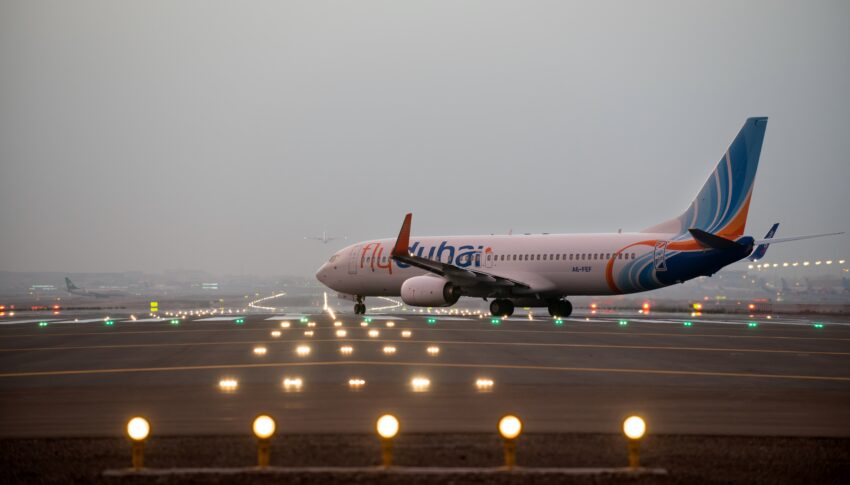Our Marketplace Spotlight series focuses on the partners making the Yocova platform come alive and the digital aviation solutions they provide. Read on to hear from FoxATM about their tools, experience and expertise in designing runway occupancy measurement applications. Find out about the Foxbox toolbox, an elegant yet effective way to accurately measure true runway occupancy for greater airport efficiency
Runway time is a precious commodity, and the air traffic management community needs to maximize the efficient use of these key resources as safely as possible. Yet occupancy – one of the most important key performance indicators (KPIs) for airports operations – is by its very nature fluid, and not always easy to measure.
Monitoring occupancy accurately can identify trends and possible degradation in or opportunities to expand airport capacities that can have a huge long-term influence on the performance of an airport. It can also be used to evaluate the impact of projects aimed at improving an airport’s capacity.
Runway occupancy is a broad church and can be expressed in a variety of ways, as it comprises a number of equally important ‘moving parts’.
For example, you could measure the time during which a runway is physically occupied by an aircraft during any given hour, which might be 45 minutes per hour. Of course, this can also be expressed as a simple percentage, i.e. 75%, but this a very simplistic and none too accurate assessment of the operational reality, as ‘aircraft occupying the runway’ does not tell the entire story.
Obviously during normal operations there are any number of aircraft or ground vehicles that occupy an airfield at any given time – on taxiways and crossing runways, etc. Naturally these all need to be taken into consideration when trying to establish how efficiently an airport is operating airside. Accurately measuring such information can deliver hugely positive outcomes too.
Drilling down into all available data can yield some very valuable insights, for instance comparing occupancy times for similar aircraft types can help identify possible capacity improvements.
FoxATM believe that landings and takeoffs should be analysed independently, and naturally special care must be given to what occurs during runway crossings and to taxiways layout. Taxiways, and in particular high-speed taxiways, also have an important impact on runway occupancy.
Other factors must be considered when measuring runway occupancy, including (but not limited to):
- Number of runways in use
- Mode of operations (mixed mode with landings and takeoffs on the same runway, or otherwise segregated)
- Operational category (visual, CAT I or CAT II/III which require aircraft to wait further away from the runway)
- Airport and airline operational procedures
- ATC separation on final (visual, radar with 2.5, 3.0 or 5.0 NM)
Such measurements can be made on the base of A-SMGCS data or from publicly available ADS-B sources. The data sources used also have an impact on the design and quality of the key performance indicators.
Dubai and Zurich – working examples
Check this demonstration showing in time-lapse how runway occupancy evolves over the course of a day at Dubai International Airport. Because each airport is different, the runway occupancy measurement tools must be designed to be flexible enough to adapt.
The Zurich Airport demonstration (available via this demo page) shows how FoxATM can present runway occupancy of departure Runway 28 in a very graphical way. It very clearly illustrates how departing aircraft and crossing aircraft have to share the runway resource. FoxATM has tools, experience and expertise in designing runway occupancy measurement applications and can provide turnkey solutions, hosted either on site or in the cloud. Our consulting services are also available independently from the tools we provide, and we can help you further improve your existing data warehouse. We are and will remain independent from equipment and project suppliers, and always stay focused on the production of intelligence out of air traffic data.
Don’t hesitate to get in touch via our Yocova storefront for the latest air traffic data analytics solutions.
Author: FoxATM
Published: 21st June 2022
Feature Image: Courtesy of Dubai Airport media library




